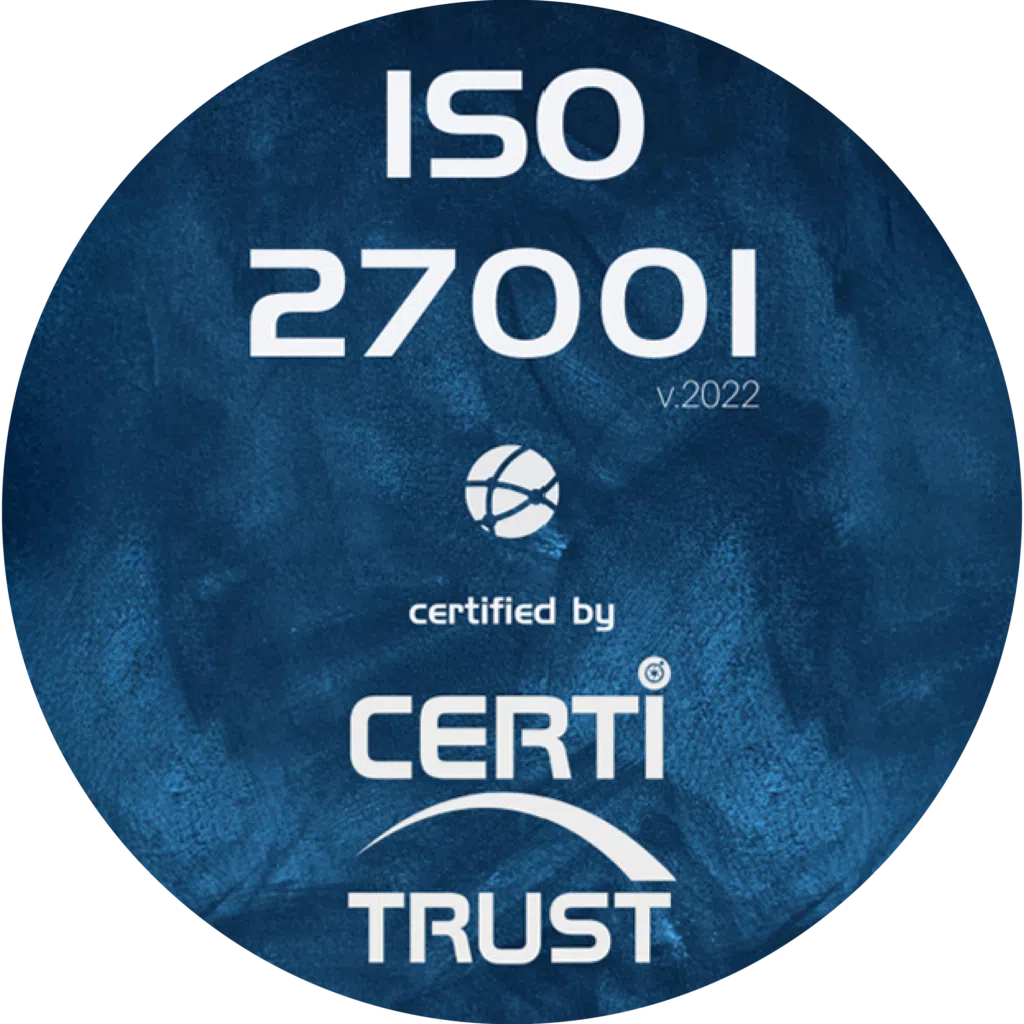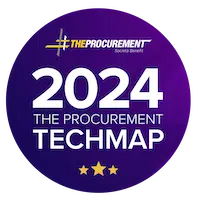Companies need two types of partner to carry out their activities successfully. These are customers and suppliers. A company’s success depends directly on the quality of these two relationships. Many business leaders develop programmes aimed at building customer loyalty. After all, as the old saying goes, the customer is king. But in the process, relationships with suppliers can sometimes take a back seat. In fact, a number of companies do not place as much emphasis on supplier relationship management. This is obviously a strategic mistake that is all too often made: neglecting supplier relations and the potentially serious repercussions for a company’s development and growth.
Fortunately, with advances in technology and the digitalisation of society, relations with suppliers are being taken more into account and are becoming a real challenge in terms of supplier relations. SRM (Supplier Relationship Management) software integrates supplier management perfectly to ensure that best practice is maintained. This particular category of software facilitates communication between the two stakeholders to ensure satisfaction on both sides and reduce supplier risks.
In this article, we’ll look at how a good supplier relationship in business impacts growth and the strategies to adopt.
What is a supplier relationship?
With the exception of a few rare cases, all businesses use a range of suppliers to obtain the components they need to manufacture the products they offer their customers. Suppliers, who are themselves companies, often supply materials, equipment, raw materials and software in accordance with a well-established contract. In this case, the company receives inputs. When it uses these ingredients to produce goods, we speak of outputs. By definition, the supplier relationship refers to the relationship between the company and its suppliers. It can also be seen as a relationship of trust between a supplier and a company: this trust translates into on-time delivery of products and a jointly agreed payment plan. This ensures a certain fluidity in relations.
Traditionally, relationships between companies and suppliers have been seen as unequal. Indeed, many companies tried to impose their will on suppliers, which more often than not gave rise to misunderstandings, disagreements of all kinds and showed a certain abuse of position. A large number of companies deprived of their suppliers ended up no longer producing goods and, with nothing left to sell, had to close their doors. This shows that the supplier relationship presents many challenges and must be taken very seriously. It is a real competitive advantage in which the parties involved have a win-win relationship. It is therefore important to optimise the supplier relationship to get the most out of it.
What are the strategies for effective supplier relations?
Intuitively, the relationship between suppliers and companies may seem straightforward. On the one hand, companies order the things they need and the supplier delivers them. The supplier then submits an invoice and obtains payment. But in practice, things aren’t quite so straightforward. A number of problems can arise that can only be solved with the right strategy. Some of these problems are:
- Supplier failure: the supplier may fail to deliver the order or deliver incorrectly.
- Contractual or legal problems: the supplier may be legally challenged.
- Damage to reputation: the supplier does not respect the company.
- Late payment: the company does not honour its commitments. This last point is often the source of most of the difficulties that arise between the two parties.
The right strategy for managing supplier relations is one that takes all the risks into account. It starts with the choice of suppliers and incorporates all the other aspects. The ultimate aim is to maintain a cordial and professional relationship between all parties, to enable the company to grow successfully. To achieve this, companies can choose from a number of options. SRM software is one of the best.
Using SRM for good supplier relationship management
Good supplier relationship management is an important prerequisite for business growth. SRM (Supplier Relationship Management) is management software that can be very effective in this respect. They offer many advantages in supplier relations and play an essential role in the purchasing process.


How does SRM work?
The aim of setting up an SRM strategy is to help the company better manage its relationship with its suppliers. This software is available in both desktop and online formats. Generally speaking, there are 6 main stages to getting to grips with them:
- Collaborative design: this first stage involves the company entering information about its supplies into the software. To be able to enter important information, you need to ask yourself certain questions. What raw materials should be purchased to keep production costs as low as possible? How quickly would the company like to have these raw materials?
- Selecting suppliers: this is still referred to as supplier sourcing. At this level, the company must choose the suppliers that best meet its basic expectations. Criteria such as prices, geographical proximity and average delivery times can be important. In general, it is advisable to select 3 or 4 suppliers.
- The final choice: at this sensitive stage, the company makes the final choice of supplier. A reverse auction mechanism is used. Suppliers submit the documents requested by the customer company. These are usually indicators of the supplier’s economic health, as well as a few examples of quotations. The management tools are designed to make it easy to compare the different offers in detail.
- Negotiation: during this phase, the company enters into discussions with the supplier to sign a contract. This contract is signed on the basis of pre-selected elements and in agreement with both parties. This marks the start of the actual relationship between the two entities.
- The logistical aspects: once the contract has been signed, the two parties can now move on to the next stage. This is the discussion that concerns not only the method of delivery and the logistical aspects, but also questions of payment. Delivery then usually takes place within the agreed period.
- Evaluation: once the entire transaction has been completed, the company is asked to rate the supplier on a number of points. These include whether or not the delivery period was respected, the quality of the products and all the other points agreed in the agreement. The company can also give its views on improving and optimising the process.
By monitoring these different stages, companies can greatly improve their supplier relations and, at the same time, increase their returns and become part of a growth dynamic. So if you haven’t yet invested in a purchasing management tool, it’s high time you did!
To sum up, companies should not minimise the risks associated with supplier relationship management. Poor supplier relationship management can lead to a company’s closure or bankruptcy. On the other hand, good supplier relationship management, particularly through the use of a management tool, can have a very positive effect on a company’s growth. A management tool such as Weproc can improve supplier relations through the various modules it offers. Thanks to complete visibility of all the actions carried out within the purchasing process, it is easy to create a privileged relationship between the parties involved, all the more so if the suppliers are strategic for the company.
Want to learn more about our Weproc procurement management software?
Contact us or request your 15-minute demo below!









